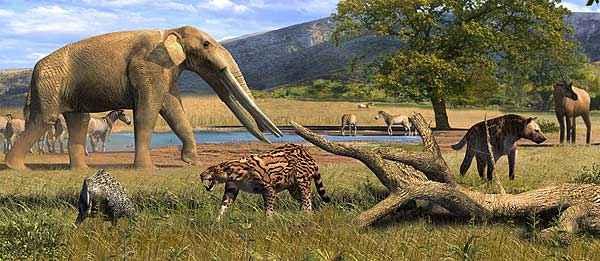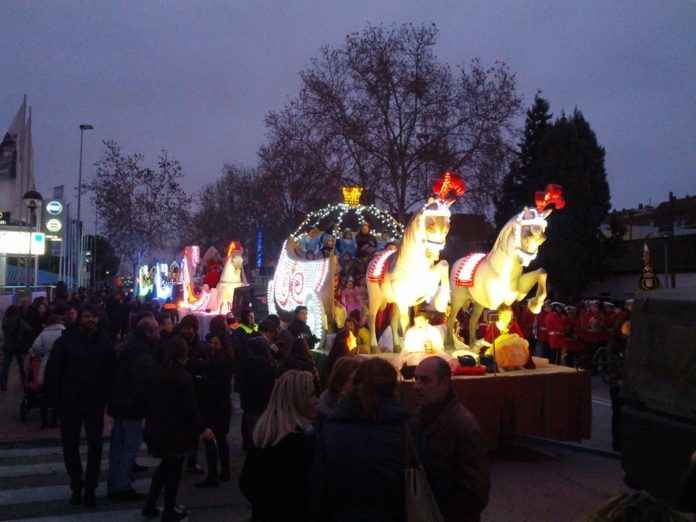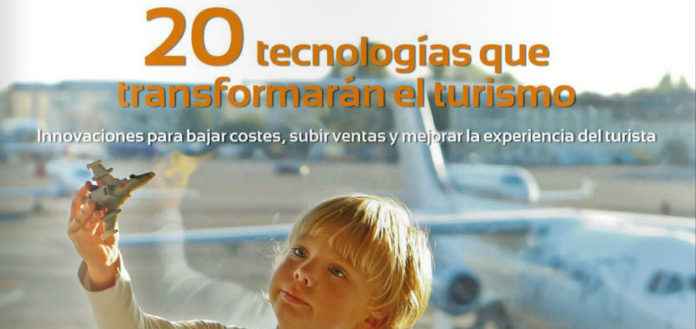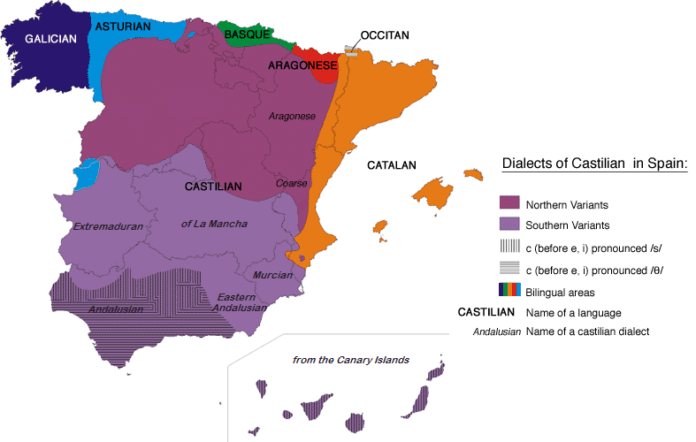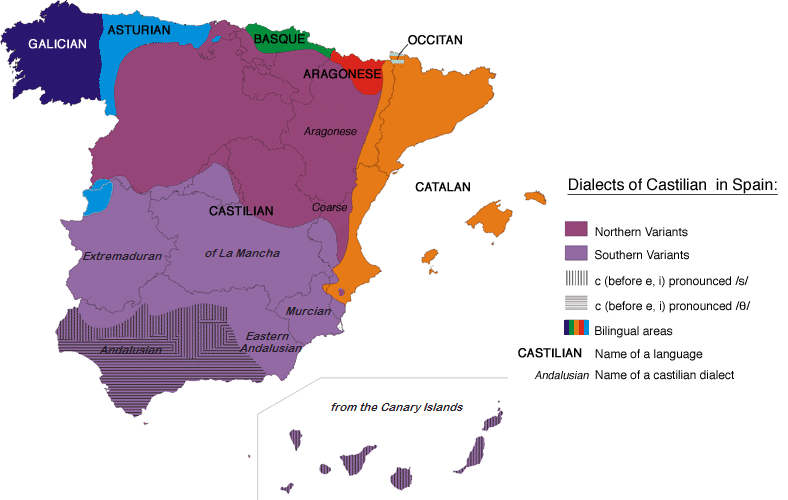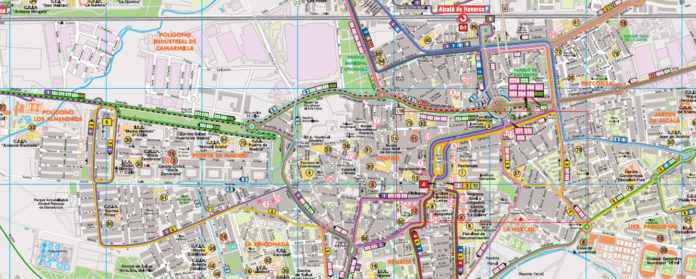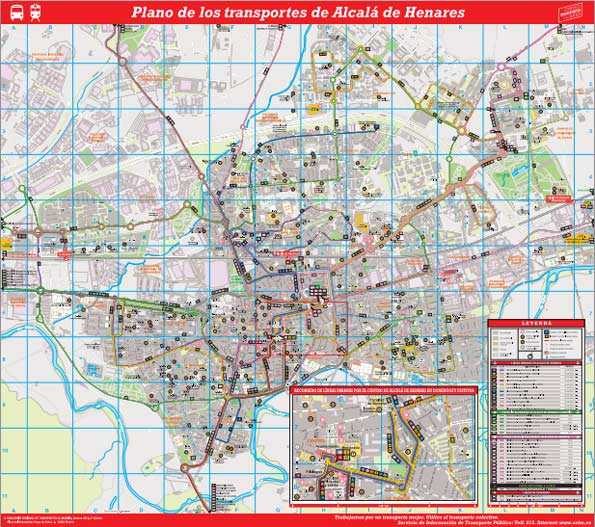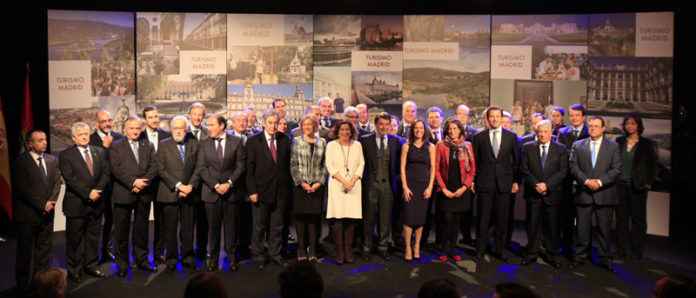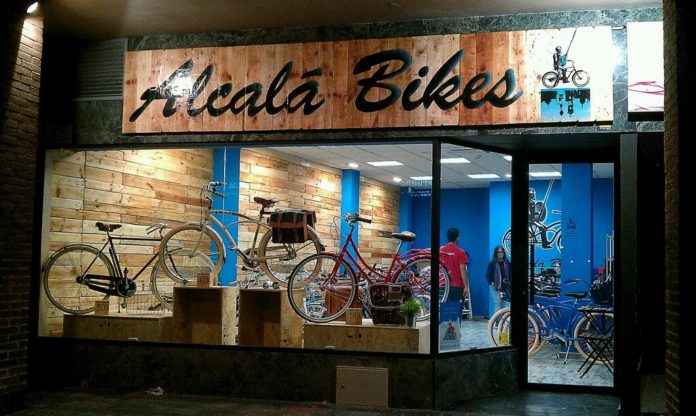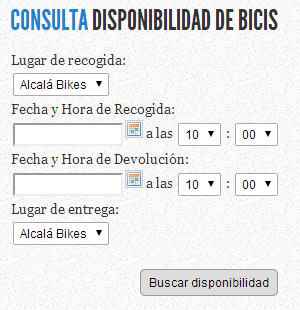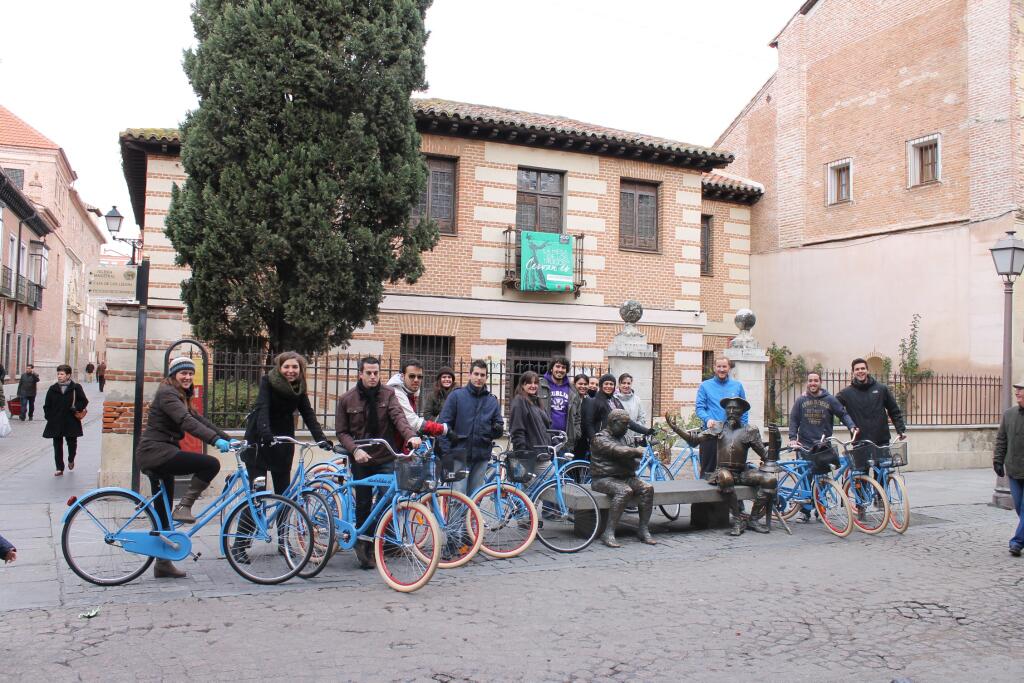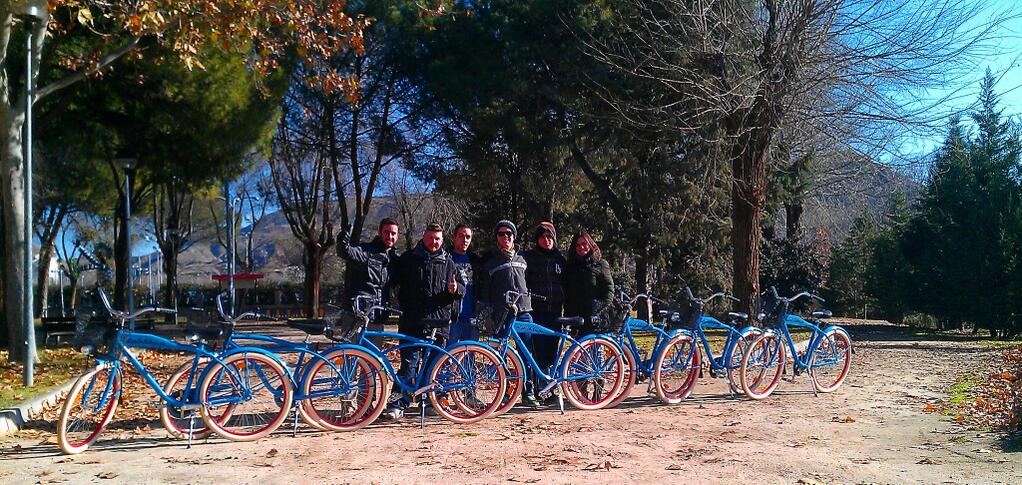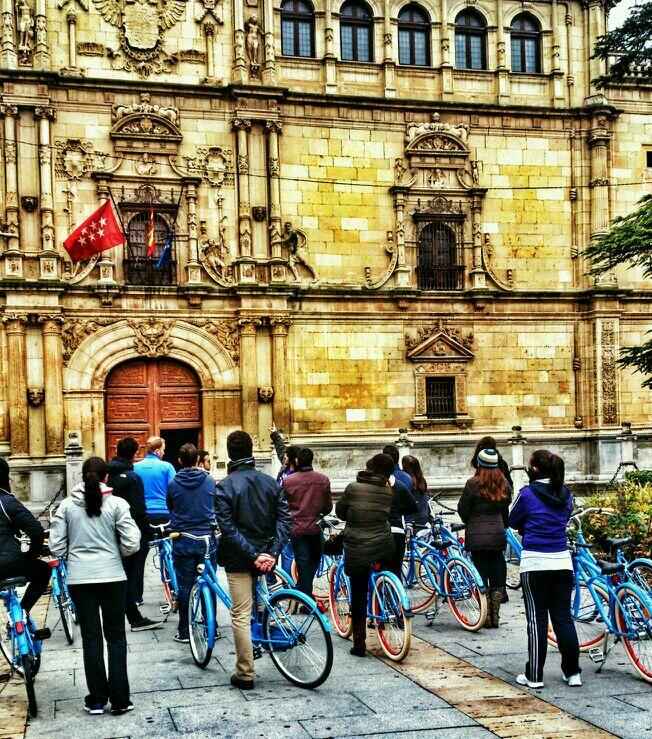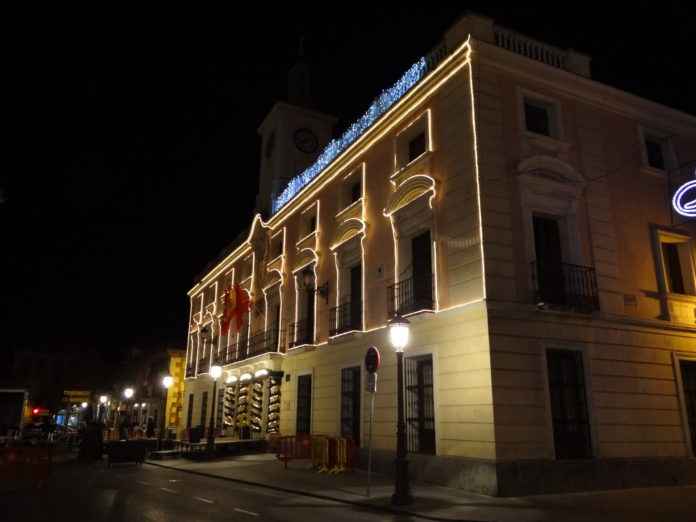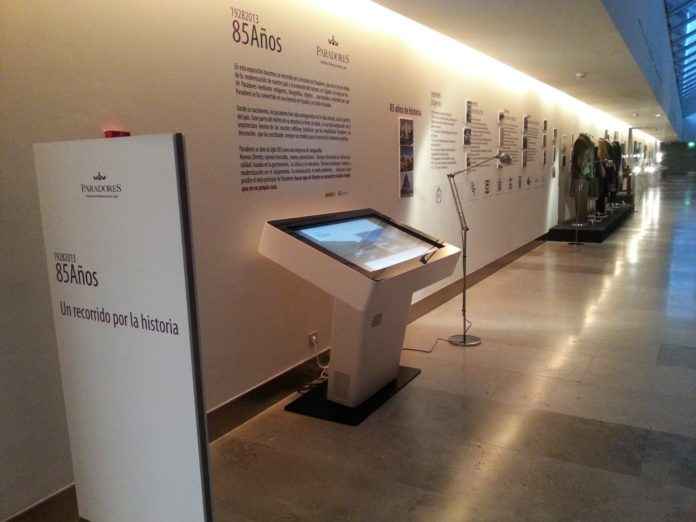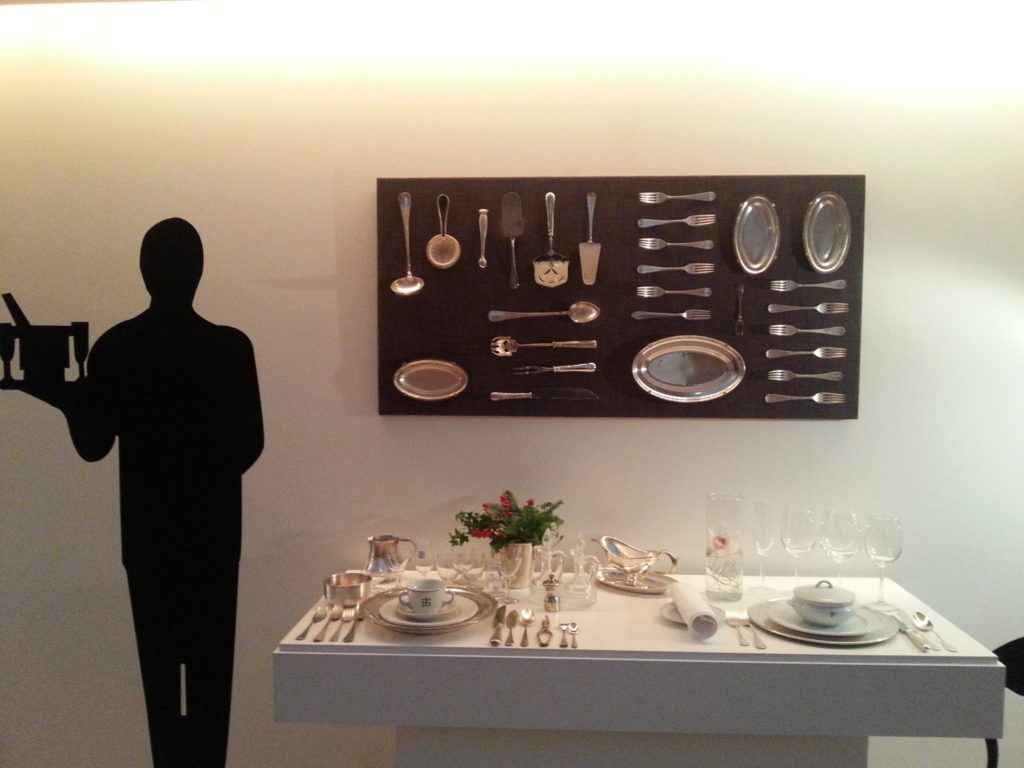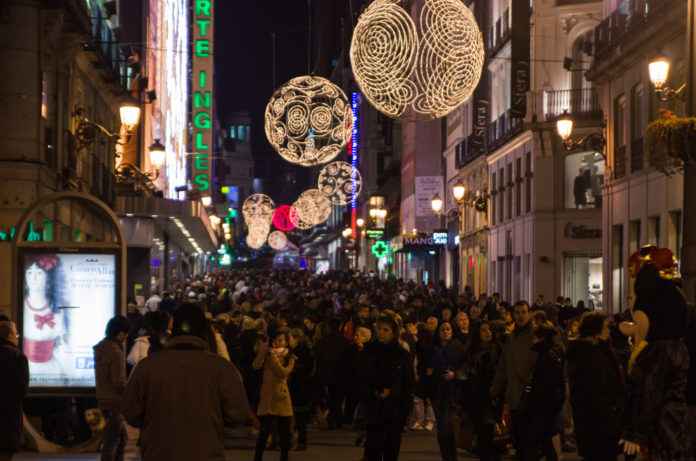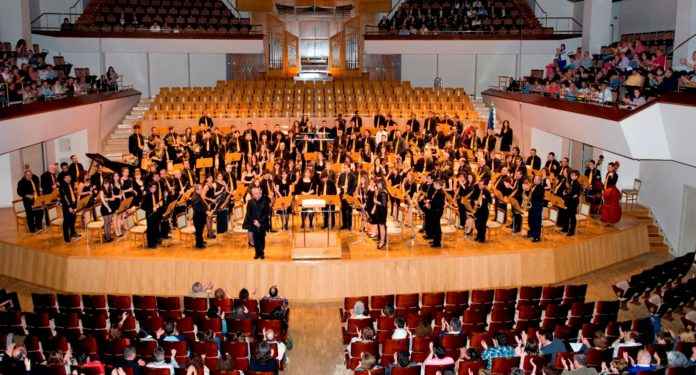A big ice rink, the Great Free Kids Park, free family movie screenings and live entertainment in the activities tent for children, are some of the attractions designed for families to enjoy this Christmas.
Since December 1, 2013 you can visit the large Monumental Nativity Scene in Alcalá de Henares, and the Nativity Scenes of the World Exhibition in Casa de la Entrevista (see schedule).
But from December 20 you can also enjoy a large ice rink in Plaza de Cervantes, just in front of the town hall and Torre de Santa María. And from Saturday, December 21, to January 6, children can attend the Great Free Kids Park and free family movie screenings in a 800 square meters heated tent to be installed in the Plaza de los Santos Niños.
From December 21 to January 6, and from 11:00 to 14:00 and 18:00 to 21:00 (except film or show days), childen can attend this Great Free Kids Park. They may also enjoy free family movie screenings (Friday, December 27, 18:00. “Christmas Carol” and Friday, January 3, 18:00. “The Polar Express”).
In addition, a total of five live performances, all at 18:00, will delight the little ones.
- December 21 “The Phantom Scarecrow”, a show for 5-105 years old spectators
- December 26 “Snow White, The Musical”, a new version of the universal tale
- December 28 Time for another classic, “Red Riding Hood”
- December 29, the musical “Dynamite Perez” in an interactive and participative format
- January 5 magic for families ”Sheridan, the magical adventure.”
Tickets for these shows can be purchased at the Tourist Office in Plaza de los Santos Niños at a single price of 5 euros.
The front door of City Hall will be open every day to receive the Carteros Reales (Royal Postmen), so that all children can send their best wishes to the Three Kings, thanks to the commendable work of the city Peñas. “The contribution of festive Peñas, explained Sanz, during Christmas is also critical because they are with great pride and dedication the true “messengers “of Their Majesties The Three Kings and collaborate to fulfill the childen dreams”.
Another classic Christmas parades are the Giants and Big-heads, who roam the streets of the complutense city headed by the three giants, the Three Kings, repeating and strengthing this year their tour through the Vía Complutense.
Additional information:


